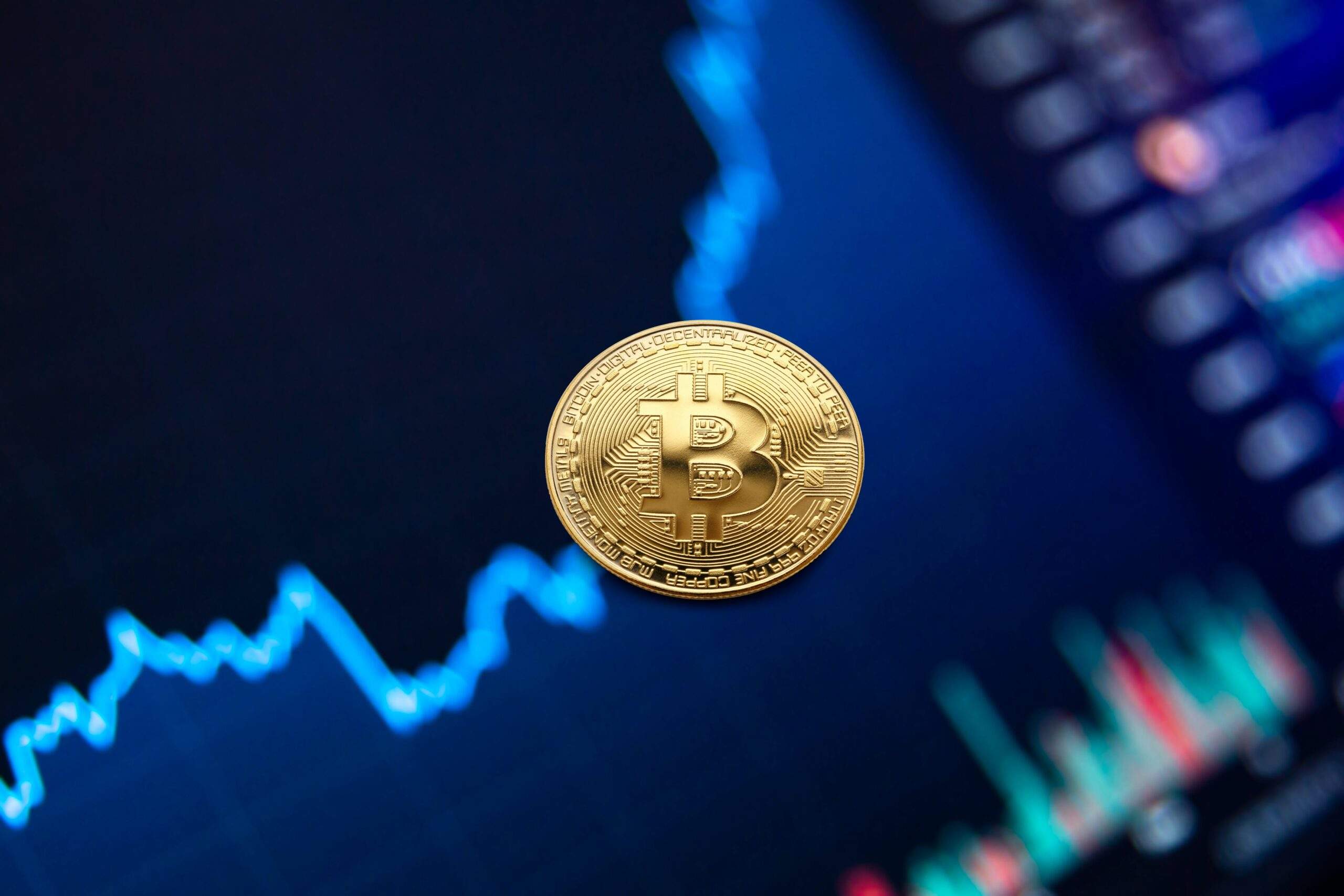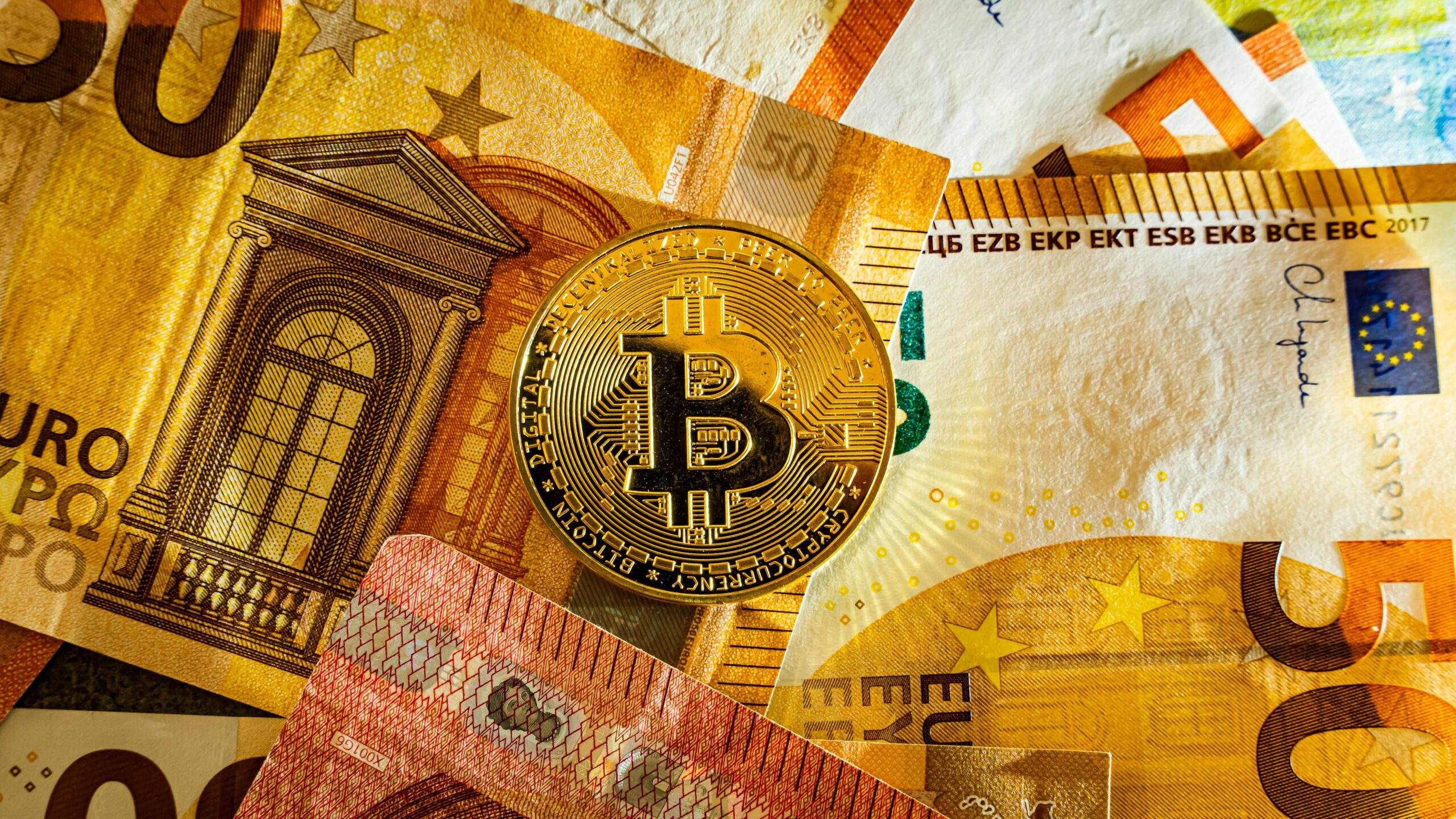According to the World Bank, the United States is (predictably) the world’s biggest energy consumer. The country consumes 22.4% of the world’s energy. The next largest energy user, China, is at 12%. Then there is Russia at 6%, India at 5.3%, and Japan at 5.1%. Together, this accounts for slightly more than half of world energy usage.
Declaimer: This article written was originally in February 2010 and some of the data points may be outdated.
The India Economy
India has an economy that is a little under $550 bn, ie, 1.8% of the world economy which adds up to roughly $33-34 trillion. What that means is that with 1.8% of the world economy, India has to take the stresses and strains of 5.3% of the world’s energy consumption. No surprise then that it is usually one of the biggest victims of an energy crisis. The solution? Either get into value-added areas that capture greater Dollar “value” per unit of energy (ie, through more efficient manufacturing and exports) or find low-energy avenues of growth (like IT, BPO, knowledge services, tourism, entertainment, etc.)
China, with $1.5 trn this year, has roughly 4.5% of the world economy but uses 12% of the world’s energy. Same problem as India….but in both cases (India and China), you must remember that the above numbers only measure the Dollar value of the respective economies, NOT the real size of these economies.
The US, for all its energy-hungry image, actually has 33% of the world GDP ($11 trn out of a world economy of roughly $33 trn) but uses only 22.4% of world energy. That is because its economy has a higher level of “services and knowledge” intensity, and is therefore, relatively, insulated from energy crises.
Japan has ~7% of the global economy, dropping to 6% (because of low growth and deflation over the last 10 years), but still uses only 5.1% of the world’s energy. Both Japan and China have high export components, and a significant part of their energy use is for exports. So a cost push coming from an energy crisis can proportionately be ‘exported’ out, thus spreading out the cost pressure coming from higher fuel prices. Russia might use too much energy, but will NOT be affected by an energy crisis, because most of its energy is domestically produced.
India, therefore, would be one of the worst affected and should have one of the highest motives to move towards non-oil fuels, or domestically produced fuels, in case of an oil crisis. Given a big real economy, but a small Dollar economy, India should be happy to pay any cost, so long as it is in Rupees. It is the same psychology, which allows the Government to live with high fiscal deficits, as long as they are domestically financed.
The recent spike in oil prices is driven both by demand as well as supply-side factors. Global oil demand is growing at 2.4%+, compared to 1.7% in the 90s. This is because the source of demand growth in the world has shifted to basic economies in Asia, as compared to the developed world earlier. Meanwhile, the spare production capacity available with the major oil producers has disappeared. Included in the current oil price spike from $20 to $50+ are two elements:
- A “terror” premium of $5-10 (genesis – troubled Iraq and troubling terrorism)
- A “speculative” premium (coming from Hedge Funds and leveraged options) of $5-10 per barrel.
This means that the “stable” price of oil may see the next cyclical bottom at $30-40, about $10-20 below current levels, but $10 above the stable levels of the last cycle. Some fear that expensive energy will persist indefinitely and worldwide production will top out in the next decade or so. Various alternatives are being discussed. These include natural gas, liquefied natural gas, the tar sands in Alberta, heavy oil in Venezuela and elsewhere, oil shale, coal, hydroelectric power, nuclear energy, wind, geothermic, solar, tidal and biomass energy, fuel cells, etc.
While a large number of downstream petrochemical and user industries will be affected, it may not necessarily mean economic disaster for the major economies. Oil demand develops slower than global real economic growth, and this declining trend in oil consumption about GDP is, of course, due to greater efficiency in energy use. It is also because increasingly – especially in developed countries – the share of GDP is being accounted for by services while the share of goods, including petroleum is declining. These depressing forces will continue and probably intensify. It is already evident in India, where Services have been the major driver of GDP growth for a long.
The declining importance of energy in GDP across the world means that the current crude oil price spike is less significant than previous spikes and should do less damage to the world economy.
Petroleum’s share of world energy consumption has fallen since the late 1970s. At the same time, natural gas (which is important for residential use, electricity generation, and manufacturing, and accounts for an increasing chunk of energy usage), is more stable in supply and is more geographically dispersed than oil. It will, therefore, be less of a geo-political flashpoint. Indeed, while looking at the recent spike in energy prices, many effects need to be considered while assessing their net effect on the world economy. Crude oil prices are still well below earlier peaks in real terms. Yet, the net “tax” by energy-exporting countries on world energy users is still large.
There is a school of thought (“what goes up must come down”) that believes this price spike is cyclical and that oil will fall meaningfully, like the lows it hit in 1999. The huge media interest today suggests that a peak is near. But prices may not see a big decline anytime soon. On the supply side, the Saudis and other producers don’t have enough excess capacity to influence oil prices much. Although that “speculative premium” on crude oil prices might disappear, as any meaningful decline sends speculators running to unload their leveraged positions, a big price break below around $40 per barrel seems unlikely. The terrorism premium will stay, and oil supplies are unlikely to rise significantly shortly.
Such prices are attractive enough for current oil producers to increase capacity which means drilling activity will increase. Many countries, including India and Kuwait, are allowing foreign investments in oil drilling. The Saudis talk of ramping up to 12-15 million bpd, from the current 8-10.5 million. Russia could be a big source of incremental supply since petroleum exports are the basis of its current economic boom and the primary source of foreign exchange. Vitally, it has the reserves. In the short run, petroleum supplies will increase, if only with greater tapping of ever-dwindling reserves. But developing oilfields takes time, anywhere from two to 10 years.
Yet a substantial crude oil price decline probably wouldn’t help the world economy much, although it would drive demand growth in Asia, the emerging engine of world demand. The global economy is much less dependent on petroleum than in the 70s, and real crude prices are still far below previous peaks. So a big drop would be far less meaningful than in the 70s or the mid-80s, for example.
Ironically, oil prices might fall substantially in the next year or so, but only because of the reduced demand that would accompany economic weakness in America and a cooling Chinese economy. The US Fed is raising interest rates, and almost always the final result is a recession. Simultaneously, some new supplies will go onstream. On balance, then, the recent spike in crude oil prices is not nearly as devastating to the world as were earlier oil shocks, especially those in the 1970s.
Nevertheless, these developments are part of a structural new pattern suggesting that cheap oil is a thing of the past, and the new cyclical bottoms will be higher, maybe above $40. That, and the increasing geo-political risks attached to oil, make it imperative for any developing economy the size of India, to find cheaper alternatives, which are preferably domestic.
This is the big story for the sugar economy, which offers one of the major alternative fuels to petroleum. The domestic cost of sugar-based fuels (ethanol or co-generated power) may not be very much lower than imported oil, but that cost is in Rupees. If there is even a small shift (10% to ethanol), the total domestic demand for ethanol will go up 20 times. That is the tectonic shift that could change the structure of the entire (sugar) economy.
Key assumptions: that oil will stay expensive. And that the Government has some good sense. The former is likely, the latter is not.







